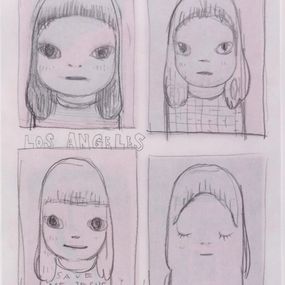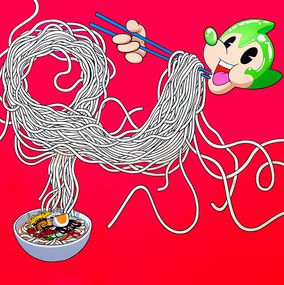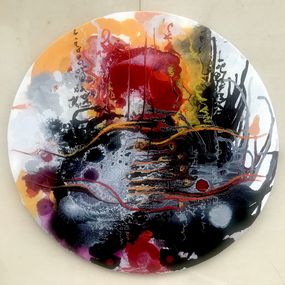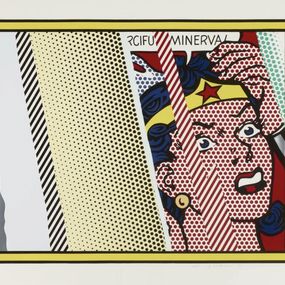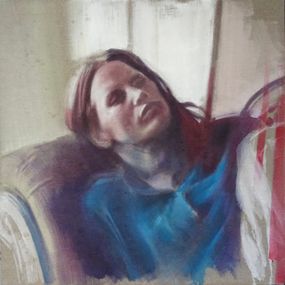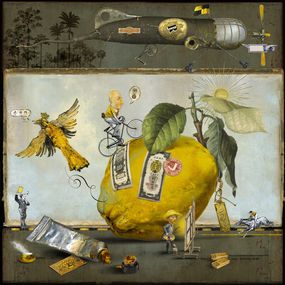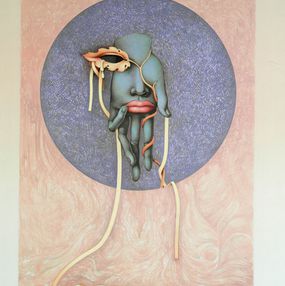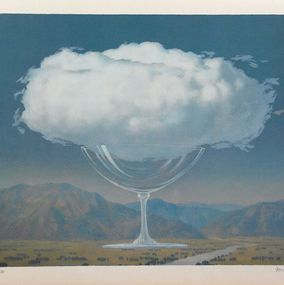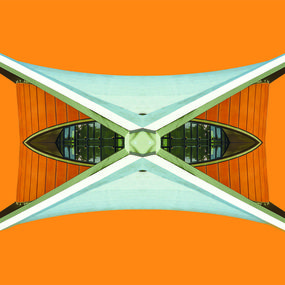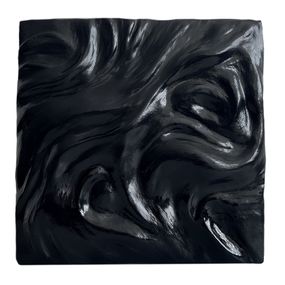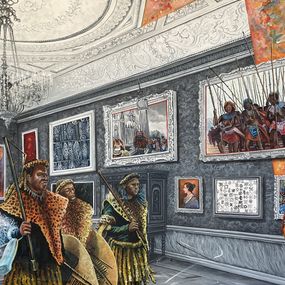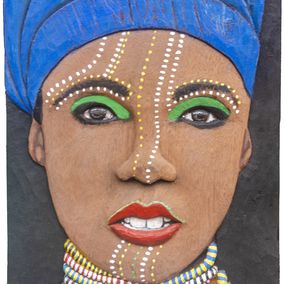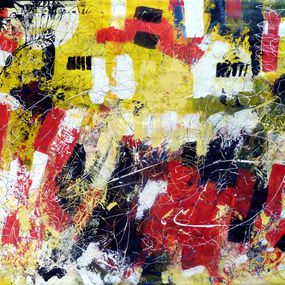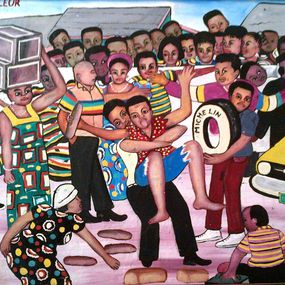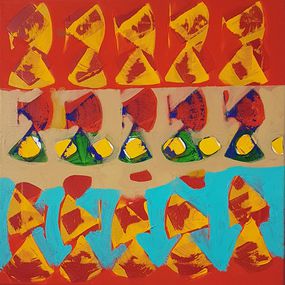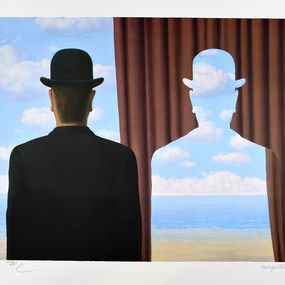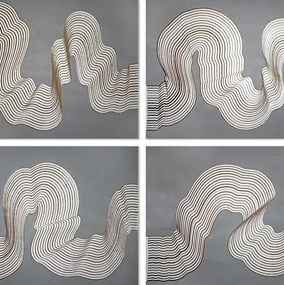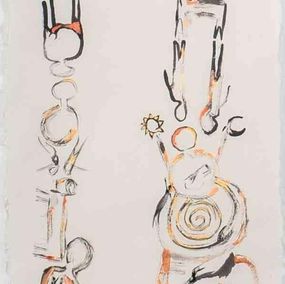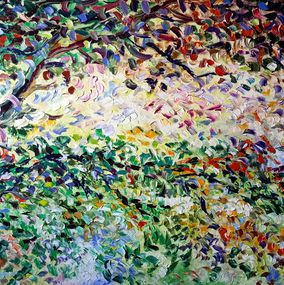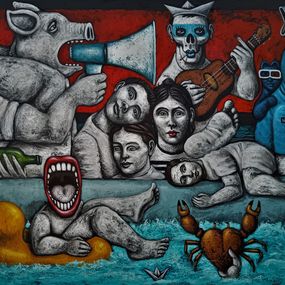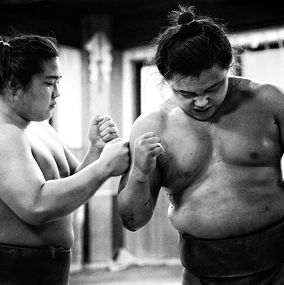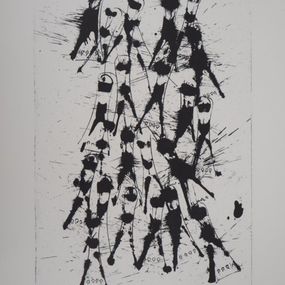
Les deux trains
Luis Alvarado
Painting - 100 x 150 x 2 cm Painting - 39.4 x 59.1 x 0.8 inch
$5,532 $3,873
American Regionalism is an American modern art movement that began in the 1930s in reaction to the Great Depression, a period of poverty, high unemployment, and deflation. Characterized by realism and subjects of rural American life, the movement was popular during this period due to its reassuring depictions of America and its people. Although there are significant variations between artists of the movement, generally they adopted a conservative and traditionalist style. This figurative and narrative style appealed to contemporary American values, and opposed those of contemporary European modernism and abstraction.
Some of the most famous figures of American Regionalism are Grant Wood, Thomas Hart Benton, and John Steuart Curry. These artists were all based in varying regions in the American Midwest, each artist's home region bearing its mark on their works. This emphasis on local authenticity is typical of the American Regionalism movement.
The prominence of American Regionalism declined quickly in the 1940s, replaced by the new Abstract Expressionism movement. This was largely due to a rise in Social Realism, an art movement promoted by totalitarian governments as a form of propaganda, which, for many, tainted the style of realism and figurative art.
Despite this decline in the popularity of American Regionalism, the movement saw a resurgence of interest in the 1990s and onwards, with the works of figures like Grant Wood being re-interpreted from a 21st-century point of view. Today, many contemporary artists refer back to this historical movement and take influence from its style and subject matter. Join us today as we explore the legacy of American Regionalism, from the rural American landscapes of Scott Kahn to the figurative paintings of James Earley!

Painting - 100 x 150 x 2 cm Painting - 39.4 x 59.1 x 0.8 inch
$5,532 $3,873

Painting - 60 x 50 x 3 cm Painting - 23.6 x 19.7 x 1.2 inch
$1,328 $1,102

Painting - 50 x 40 x 3 cm Painting - 19.7 x 15.7 x 1.2 inch
$885



Painting - 75 x 100 x 3 cm Painting - 29.5 x 39.4 x 1.2 inch
$3,319 $2,656

Painting - 75 x 100 x 3 cm Painting - 29.5 x 39.4 x 1.2 inch
$3,319 $2,656

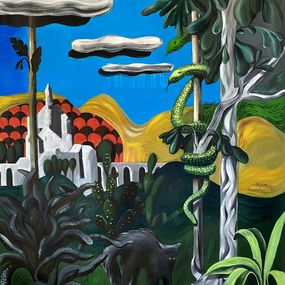


Painting - 130 x 150 x 2 cm Painting - 51.2 x 59.1 x 0.8 inch
$3,541


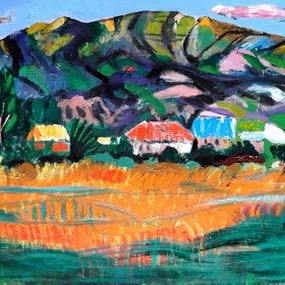
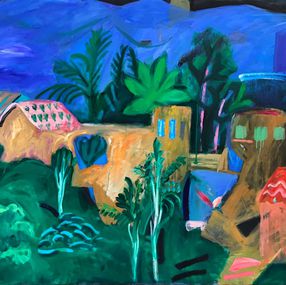
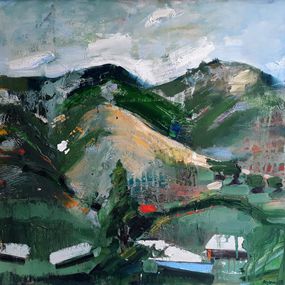
Painting - 55 x 60 x 2 cm Painting - 21.7 x 23.6 x 0.8 inch
$885 $797


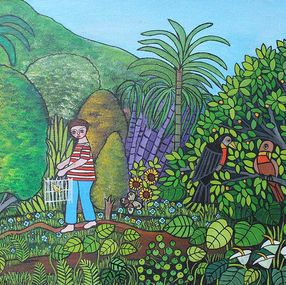
Painting - 30 x 40 x 2 cm Painting - 11.8 x 15.7 x 0.8 inch
$719

Painting - 45 x 35 x 2 cm Painting - 17.7 x 13.8 x 0.8 inch
$885
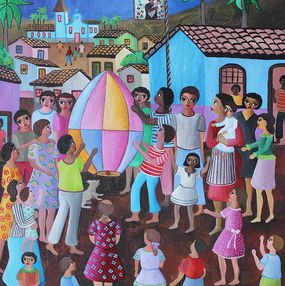
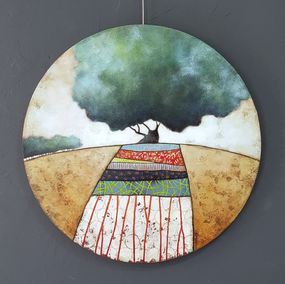
Painting - 60 x 60 x 2 cm Painting - 23.6 x 23.6 x 0.8 inch
$941

Painting - 90 x 30 x 4 cm Painting - 35.4 x 11.8 x 1.6 inch
$747
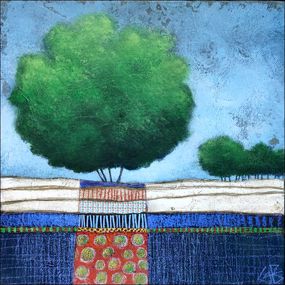
Painting - 25 x 25 x 2 cm Painting - 9.8 x 9.8 x 0.8 inch
$277

Painting - 30 x 30 x 4 cm Painting - 11.8 x 11.8 x 1.6 inch
$387
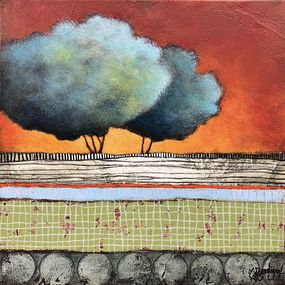
Painting - 30 x 30 x 2 cm Painting - 11.8 x 11.8 x 0.8 inch
$387

Painting - 20 x 20 x 4 cm Painting - 7.9 x 7.9 x 1.6 inch
$199

Painting - 100 x 50 x 2 cm Painting - 39.4 x 19.7 x 0.8 inch
$1,328

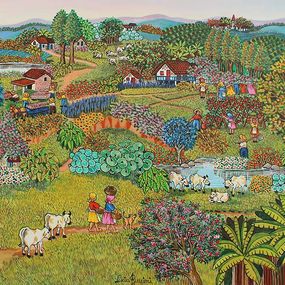
Painting - 50 x 90 x 2 cm Painting - 19.7 x 35.4 x 0.8 inch
$1,770




Painting - 30 x 50 x 2 cm Painting - 11.8 x 19.7 x 0.8 inch
$664


Painting - 30 x 50 x 2 cm Painting - 11.8 x 19.7 x 0.8 inch
$664
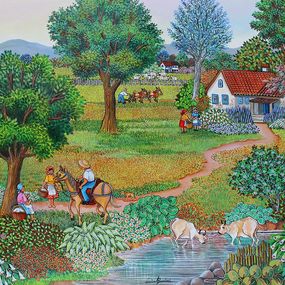

Painting - 75 x 60 x 3 cm Painting - 29.5 x 23.6 x 1.2 inch
$1,328 $1,102



Painting - 24 x 20 cm Painting - 9.4 x 7.9 inch
$1,000


Painting - 50 x 40 x 3 cm Painting - 19.7 x 15.7 x 1.2 inch
Sold


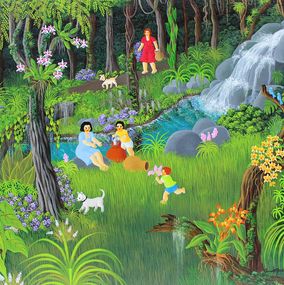

Painting - 40 x 60 x 2 cm Painting - 15.7 x 23.6 x 0.8 inch
$1,770

Painting - 60 x 80 x 3 cm Painting - 23.6 x 31.5 x 1.2 inch
$3,762


Painting - 30 x 60 x 2 cm Painting - 11.8 x 23.6 x 0.8 inch
Sold

Painting - 74 x 162 x 3 cm Painting - 29.1 x 63.8 x 1.2 inch
Sold

Painting - 40 x 40 x 1.5 cm Painting - 15.7 x 15.7 x 0.6 inch
$963

Painting - 50 x 50 x 1.5 cm Painting - 19.7 x 19.7 x 0.6 inch
Sold


Painting - 25 x 30 x 1.5 cm Painting - 9.8 x 11.8 x 0.6 inch
Sold


Painting - 25 x 30 x 1.5 cm Painting - 9.8 x 11.8 x 0.6 inch
Sold

Painting - 30 x 40 x 1.5 cm Painting - 11.8 x 15.7 x 0.6 inch
Sold

Painting - 50 x 50 x 1.5 cm Painting - 19.7 x 19.7 x 0.6 inch
Sold



